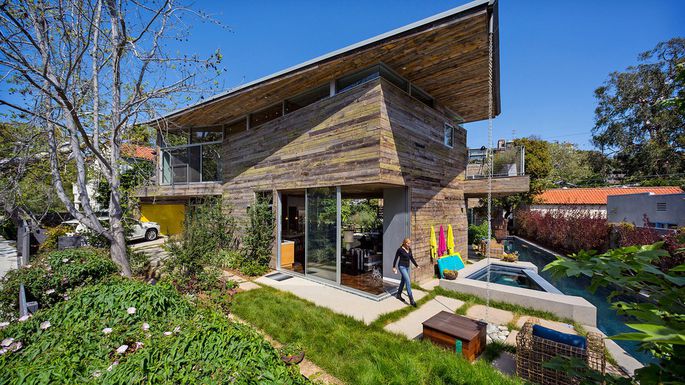Green homes have gone mainstream, and one of the most popular ways to be friendly to the environment and your wallet at the same time is to focus on energy efficiency. Less energy used means less fossil fuels consumed! (Where’s that clothesline?) Of course, “less” is a relative term. How do you know how well you’re really doing on that front—and how you might improve?
It’s time for an eco-friendly pulse check. Here are some of the latest stats on how energy-efficient the average home is, plus exactly how much you can save if you add a few green upgrades yourself.
How much energy does the average home consume?
The Department of Energy’s most recent stats say the average home uses 90 million Btu of energy per year. (Btu, or British thermal unit, is the amount of heat required to raise the temperature of 1 pound of water by 1 degree Fahrenheit.) To give you a better sense of how much energy that is, a home consumes nearly 50% more energy than the average car.
What’s sucking up all that energy?
According to the DOE, 41% of those Btu go toward heating rooms, and 17% are used for heating just water. Only 6% goes toward air conditioning, while the remaining 36% powers lighting, appliances, and electronics.
How much does the average household spend on energy?
Every year, homeowners spends $1,945 on their energy bills.
So how green are our homes, anyway?
According to the U.S. Green Building Council, approximately 121,400 homes around the world to date are LEED-certified. That certification, by the council, means these homes have been evaluated on things like water efficiency, indoor environmental quality, and sustainability and deemed to meet or exceed their standards. LEED (Leadership in Energy and Environmental Design) homes use 20% to 30% less energy and water, which results in significantly lower utility bills.
How can going green increase the value of your home?
It might be worthwhile to make green upgrades to your home—those features could entice potential buyers to bid $10,000 or more on your place. The Washington Post reported on a study of homes sold in Washington, DC, between February 2013 and June 2015 showing that people were willing to pay $10,343 to $53,000 more for houses that had green upgrades and features.
What are the most energy-efficient states?
The American Council for an Energy-Efficient Economy has ranked the most energy-efficient states in terms of their policies on public transportation, building energy codes, and other initiatives. Here are the top 10:
1. California and Massachusetts (tie)
3. Vermont
4. Rhode Island
5. Connecticut and New York (tie)
7. Oregon
8. Washington
9. Maryland
10. Minnesota
What are the least energy-efficient states?
The ACEEE’s State Energy Efficiency Scorecard also reports these states (plus the District of Columbia) are the least energy-efficient:
47. Louisiana
48. Kansas
49. South Dakota
50. Wyoming
51. North Dakota
How can I begin going green?
Ready to take action? Energy.gov put together a list of things you can do in your home to go green and put cash back in your pocket. They estimate that you can potentially save $723 to $1,182 a year just by making these simple changes.
Here are a few of their top tips, plus the amount you could save per year:
- Install exterior storm windows: $100 to $274
- Seal uncontrolled air leaks: $83 to $166
- Plant shade trees: $35 to $119
- Use a power strip for electronics, and turn it off when not in use: $100
- Replace an old toilet that uses 6 gallons of water per flush: $100
- Turn back your thermostat 7 to 10 degrees for eight hours a day: $83
- Replace your five most-used lightbulbs with Energy Starrated ones: $75
- Insulate water heater tank: $20 to $45
Original article found at: https://www.realtor.com/news/trends/how-green-is-your-home-statistics/

